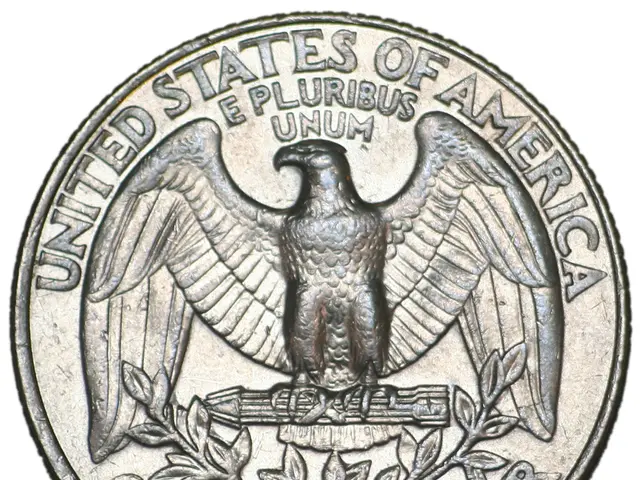Crucial Performance Indicators for Meme Coins in the 2025 Scenario
The memecoins market of 2025 is remarkably different from its early days, as it has morphed into a complex trading environment with heightened institutional presence, data-driven strategies, and quantifiable risk factors. For individual traders, staying ahead in this competitive market requires more than just blindly following trends or reacting to memes. Success demands a structured approach, real-time data, and a clear framework for assessing assets before engaging with them. Here are some key indicators to consider when investing in memecoins:
Monitoring Whales and Smart Money Wallets
Large 'whale' wallets continue to serve as early indicators of sentiment shifts in the memecoin market. However, blindly replicating their trades has proven to be ineffective. Instead, traders should identify patterns of behavior, such as wallets with a proven profit history over the past 30 days (ideally showing a 30-100% return on capital) or those whose average trade size exceeds $5,000, signaling a higher level of conviction. Tools that monitor wallet activity in real-time can provide valuable context and alerts for traders.
Social Attention and Engagement
Memecoins need visibility to gain traction, so a verified and active account on platforms like X, Twitter, Telegram, or Reddit has become a minimum requirement for credibility. While the number of followers is less important than engagement metrics, consistent activity and community response indicate an effective marketing effort that is crucial for memecoins' dynamics. Paying attention to the volume and velocity of mentions across various platforms can serve as an early warning of trending tokens.
Understanding and Prioritizing Liquidity
Liquidity plays a critical role in keeping volatility in check in memecoins. Tokens with total liquidity below $150,000 (unless paired with unusually high short-term volume and whale activity) should be approached with caution. Tokens trading between $500,000 and $2 million in liquidity represent a stable range for entry in mid-cap cycles, while pools above $5 million offer a safer investing environment.
Token Supply and Holder Distribution
Aim for tokens that have clear developer burn mechanisms and avoid those where the founding team retains a significant portion of the supply. Likewise, a more distributed supply generally correlates with reduced volatility and greater resilience to coordinated exits. Wallets with a top 10 wallet group holding more than 20% of the total supply are considered structurally weak.
In the competitive world of memecoins, traders can benefit from collaboration. Small trading groups with narrowly-defined roles (on-chain analysis, social metrics, liquidity tracking, etc.) outperform isolated participants because they share information, insights, and resources to maximize their chances of success.
Ultimately, the memecoins' trading landscape has become highly specialized, requiring structured analysis, real-time infrastructure, and collective collaboration. For those not inclined or financially viable to approach it at this level, passive exposure may be the more sensible choice.
- To achieve success in the cryptocurrency market, individual traders ought to employ a structured approach, scrutinizing assets by analyzing their liquidity, token supply, and holder distribution.
- In order to gain an edge in the memecoins trading, investors can refer to the trading patterns of whales and smart money wallets, as long as they don't blindly replicate their trades, but rather identify wallets with proven profit history.
- Keeping track of altcoins' social attention and engagement is crucial for traders, as a verified and active account on platforms like Twitter, Telegram, or Reddit increases credibility, while high volume and velocity of mentions point towards trending tokens.
- Savvy memecoin investors derive value from tools that monitor wallet activity in real-time and offer alerts, as this can provide valuable insights and context.
- Traders should be cautious of tokens with liquidity below $150,000, unless they are paired with unusually high short-term volume and whale activity. Conversely, pools above $5 million offer a safer investing environment.




